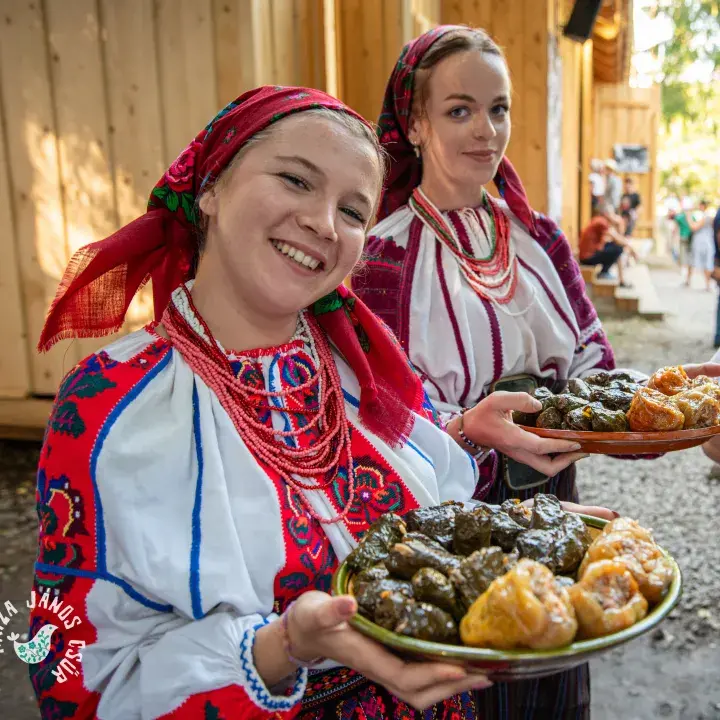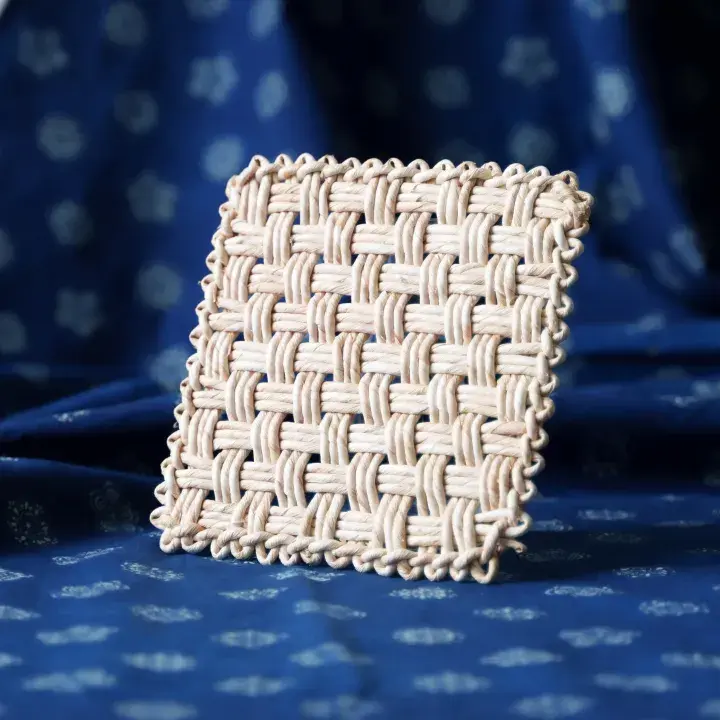Embroidery on leather or textile is a basic method for decorating fabric. Its type, intensity, and motifs show different features from region to region. In some areas, only the festive attires and textiles were embroidered, while in some other regions the rich embroidery became the signature feature of both the whole interior of the house and the folk costumes. Depending on the materials used, we distinguish between linen embroidery — stitched onto linen, hemp, or cotton fabrics — sheepskin embroidery, applied to leather garments, and felt embroidery, worked onto different types of woolen cloth.
Capes and fur coats could be purchased at fairs, but the rest of the textiles and clothing fabric used in the household were mostly made, woven and embroidered by the village people themselves at home. From the early 20th century onwards, embroidery vendors became a more common sight at fairs – selling ready-made goods and often continuing to embroider during the event itself.
One day, a young Matyó man was taken by the devil. His bride was deeply sorrowful and begged the devil to return her most precious treasure. But the devil cunningly said, “You’ll get your lad back if you fill your apron with roses!”
Where could the girl possibly find roses in winter? So, she took her coloured threads and embroidered her apron full of colourful roses. This is how the Matyó maiden won back her betrothed, and since then, local lads and lasses have worn beautifully decorated aprons to protect themselves from the devil’s curse.
Among our artworks on the shelf, you can see pieces that show different types of embroidery. The patterns that you can touch under a textile, embroidered on small square sheets, are selected from the patterns of needlework from Odorheiu Secuiesc (Székelyudvarhely). Next to these, you will find photos of the patterns, as well as paper and pencil. If you use one hand to feel a pattern with a small bead at the bottom of the square sheet, you can use the other hand to try to draw it and then find the pattern among the photos. When you're done, look at the embroidered pattern and compare it to your drawing.



